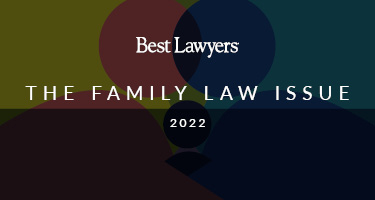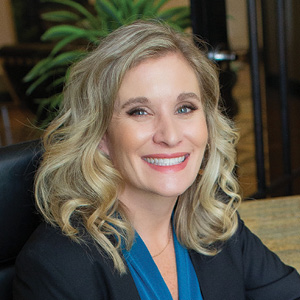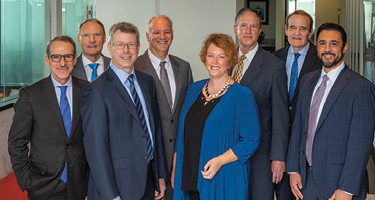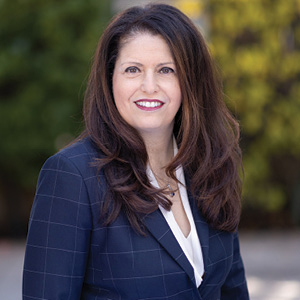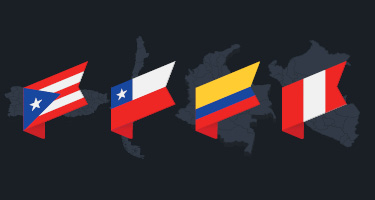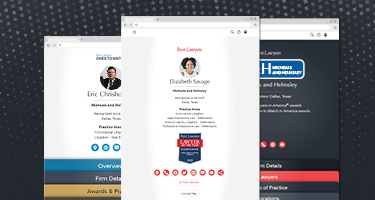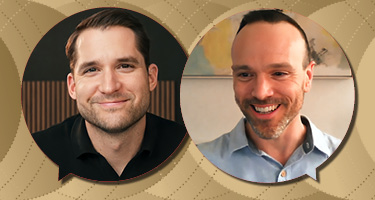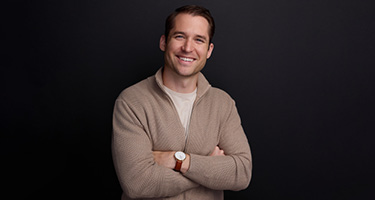This article was original published on December 20, 2021.
One winter afternoon in early 2016, I anxiously made the hour’s drive to my OB-GYN, as I did every other week—not for myself but for our child’s birth mother, all the while knowing she could change her mind at any time.
As with any expectant parents, there was no point in telling me not to get my hopes up, not to get attached. Getting excited about a potential adoption, just like a new pregnancy, does not jinx it. Indeed, not doing so robs you of that special time anticipating the arrival of a new person into the world and your family. Worrying, many say, makes you suffer twice: You put yourself through some pain before anything happens, but that doesn’t stop you from experiencing it again, worse, if your worries materialize. We were excited and, like most would-be parents hoping for an adoption, scared.
Adoption can be a long, expensive and anxiety-inducing experience, but it isn’t always. Our entire wait for our baby, from the start of the first applications to the finalization hearing, was less than a year, and the cost was a fraction of what most report paying. By contrast, private domestic infant adoption of a nonrelative usually costs Americans tens of thousands of dollars and the wait for adoption could be one to several years. Why was ours so much smoother? Because it was a family member infant adoption.
There are many paths to adoption including: (1) international adoption, (2) private domestic infant adoption, (3) adoption from social services and, perhaps less talked about, (4) family member adoption. Although the Congressional Coalition on Adoption Institute reports that about 36 percent of foster-care cases conclude with a family member adoption, it’s less common prior to any involvement from social services. However, as is the case with us, it can occur as an infant adoption.
As in a private domestic infant adoption, we took custody of the child from birth, but since ours was a relative adoption, the process was much less complicated, reducing both time and expense.
Family member adoption is also not the same thing as kinship care, in which the birth parents retain rights and caregiving family members often receive financial assistance. Rather, it’s a full adoption, with all the rights and obligations a birth relationship would have, including the child’s right to inherit and a parent’s right to make decisions about education, medical care and much more.
In fact, though, a family member can adopt an unexpected baby more easily than a stranger can. This is because many states handle family member adoptions—also called kinship or relative adoptions—differently. For example, family members—defined and established differently in different states—may face fewer obligations, such as not needing a full home study before child placement and a shorter wait before a finalization hearing. This is the case in many states such as South Carolina, North Carolina, Virginia and California.
Similarly, the burden on participants in a family member adoption is lower because such cases emphasize the intact rights of the biological parents to choose where they prefer the child to be raised as well as the child’s relatives getting legal preference over strangers.
Just like in kinship care, the state has an interest in resolving matters within the family, thereby avoiding foster-care displacement trauma and preserving funds. Adoptions within one’s own family and community can be important to identity; hence the tribal preference codified in federal law for indigenous peoples.
Sometimes, when a couple let others know they’re looking to adopt, people will reach out through their doctor, church or extended family. We had started talking to private agencies and filling out social-services paperwork, beginning with all our options open—or so we assumed. A new attorney at the time, I did a lot of research. We made it well-known among family, friends, our workplaces and our volunteer efforts that this was our goal.
Then, one September shortly after my birthday, I got a call from a family member that two relatives of ours had already settled on adoption but did not feel right picking a stranger out of a stack of files. They ended up choosing us. It’s important to note that we had both parents’ consent, and they voluntarily relinquished their rights. It had been their idea; they made the initial outreach to us. (Pressuring a relative to give up their baby is never acceptable.)
We met with the parents, then a lawyer, then the parents again, just to be sure we were all on the same page about how open this adoption would be, and whose rights would obtain when. Birth parents’ choices are free and absolute until the moment papers are signed. After a final hearing, the adoptive parents assume all rights and need to build strong bonds. We knew an open adoption was considered best for the child by mental health and adoption specialists and we believed it would benefit us too, and it would be easy for the birth parents to see updates on social media (or message us, given that we were already connected) and to see the baby at family gatherings.
Six months after that initial call, we were in the delivery room the moment our baby came into the world, there to cut the cord and hold the baby for the first time. The hospital kindly accommodated us being there so we could bond with the baby. As with most domestic infant adoptions, the papers were signed when the birth parents requested, in the presence of an independent attorney I had never met as well as a separate, uninterested witness brought by the independent attorney, and without the influence of medications or family members.
My partner, the baby and I left the hospital together, as healthy and happy as possible, and were in court just three months later to finalize the adoption whereas the nonrelative wait would be six months or more. The entire hearing took less than half an hour and was joyous for the judge. We took a picture together for the baby book, to be placed beside a photo of the birth parents.
Our adoption experience was a surprise to us, but it’s not remotely uncommon. As we meet more families made complete through adoption, we hear many such stories. A nurse at the hospital where our baby was born had one son to whom she gave birth, and another who was her cousin’s biological child. She told us, laughing at the memory, how she once took him to the ER for a Little League injury and gave the wrong family medical history, having momentarily forgotten he was adopted. Over time, we met more and more families touched by relative infant adoption: a mom in our play group, the secretary at school, even branches in our own family tree.
We could not have asked for a better adoption, and we were blessed with the most vital element: an attorney who understood the complexities of the issue, including the advantages of a family member adoption. Not only can it be quicker and easier than private infant or social-services adoptions, but it might also benefit the child and both sets of parents. Nearly six years later, we have a family of four and remain on good terms with our child’s birth parents.
Lawyers helping clients with adoption shouldn’t overlook the family member path. Likewise, family law clients looking to adopt will have an easier time if the lawyer examines their state’s statutes; clients who are considering placing a child up for adoption (or facing difficulties with their own parental rights) may want to explore kinship care or kinship adoption if those are right for their family.
Paula Birch Billingsley is a lawyer, mother and writer in South Carolina. She received her JD from University of South Carolina and Masters in English from Mercy College, NY, and lives in South Carolina with her family, two dogs and three cats.



